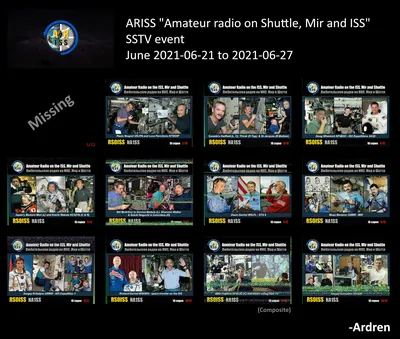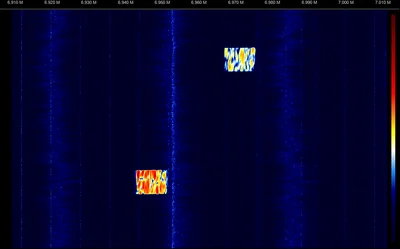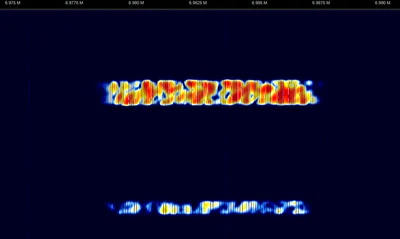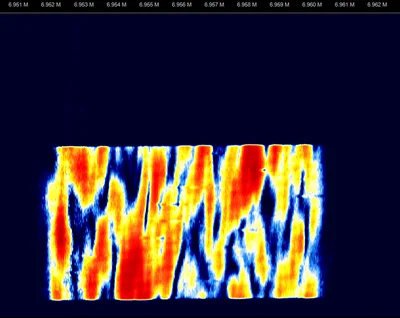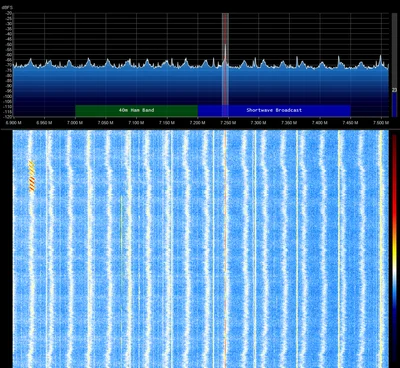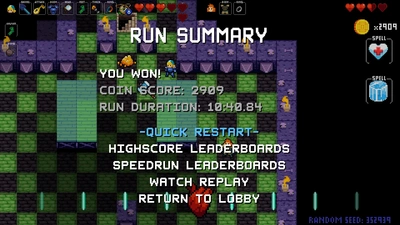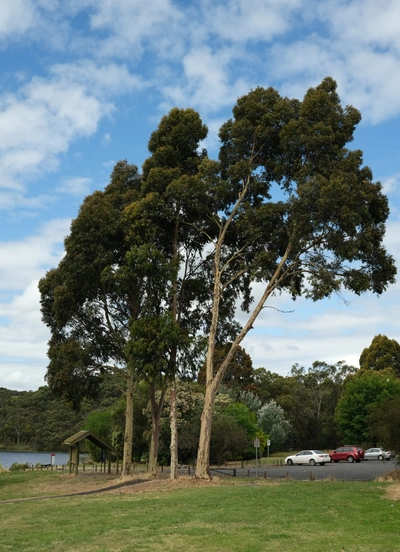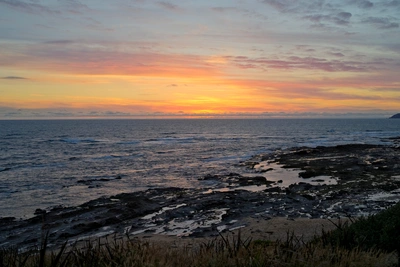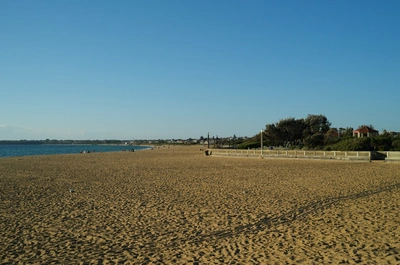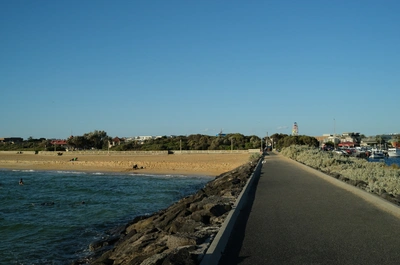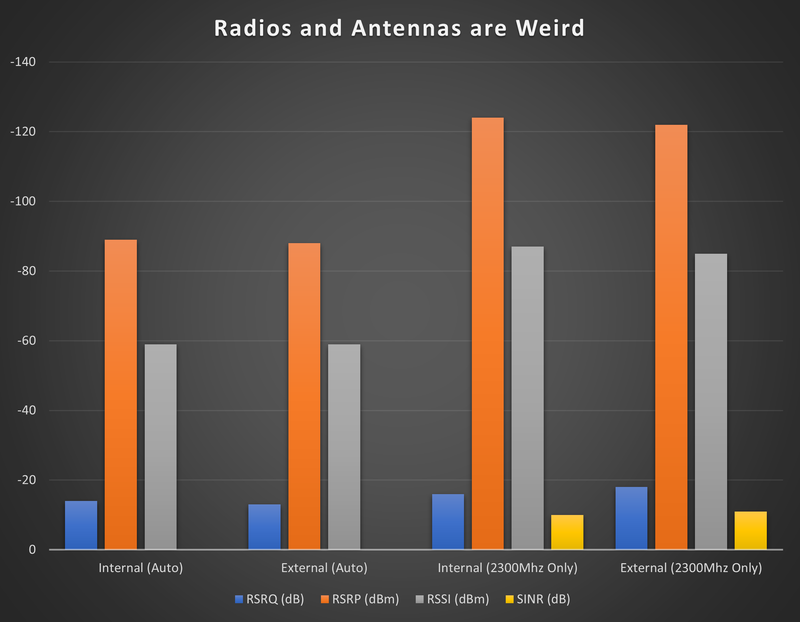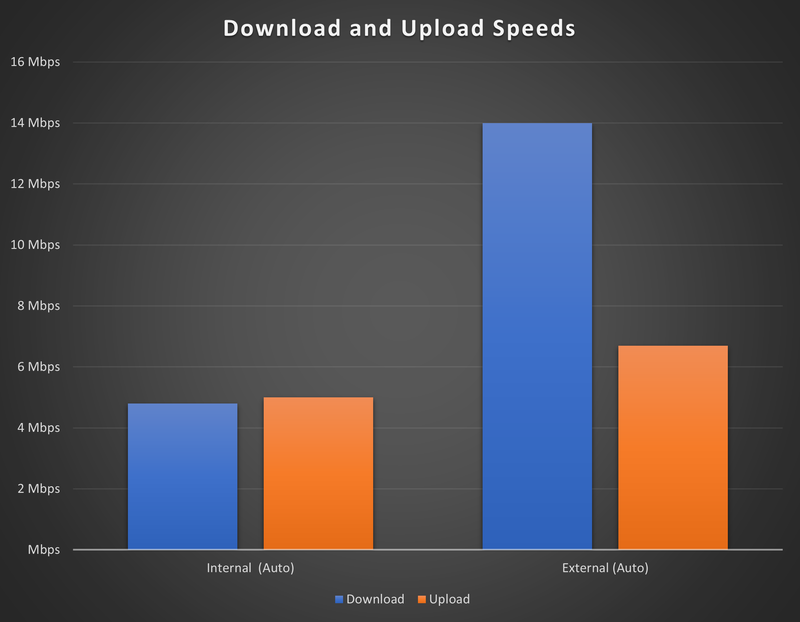FM Frequencies
I’ve been really bored recently. So I’ve been looking to see how many FM stations I could find.
Equipment is AirSpy HF+ Discovery, SDRSharp, and a Discone Antenna mounted ~2m above the ground.
The websites FM Scan and VHF Propagation Map have been very useful for identifying stations, and finding good times to listen.
Furthest station was ABC Classic in Griffith NSW. Bit over 400KM away.
Updated 2021-09-22: Added a couple of new entries, included basic signal quality, and updated code.
| Frequency | Station Name | Signal |
|---|---|---|
| 87.6 Mhz | Surf FM | Medium |
| 87.8 Mhz | Kiss FM | Medium |
| 88 Mhz | DCFM 88.0 | Low |
| 88.1 Mhz | 3MFM | Medium |
| 88.3 Mhz | Southern FM | Medium |
| 88.5 Mhz | ABC Northen Tasmania | DX |
| 88.6 Mhz | Plenty Valley FM | Medium |
| 88.7 Mhz | Vision Radio Bendigo | Very low |
| 88.9 Mhz | WynFM | Medium |
| 89 Mhz | Radio Bayside | Low |
| 89.1 Mhz | 3MFM | Medium |
| 89.3 Mhz | Kix Country Radio | Medium |
| 89.5 Mhz | Very low | |
| 89.7 Mhz | ABC Radio National Willis Hill Tas | DX |
| 89.9 Mhz | Light899 | High |
| 90.3 Mhz | TripleJ | Low |
| 90.7 Mhz | SYN FM | High |
| 90.9 Mhz | TripleJ Tasmania | DX |
| 91.1 Mhz | ABC Central Victoria | Low |
| 91.3 Mhz | ABC News Radio Warrnambool | DX |
| 91.5 Mhz | Smooth FM | High |
| 91.7 Mhz | ABC Northern Tasmania | DX |
| 91.9 Mhz | SEN Track | Low |
| 92.1 Mhz | ABC Classic Warrnambool | Very low |
| 92.3 Mhz | 3ZZZ | High |
| 92.5 Mhz | Radio National Somwhere | Medium |
| 92.7 Mhz | ANC Classic Bendigo | Medium |
| 92.9 Mhz | Low | |
| 93.1 Mhz | SBSRadio | High |
| 93.3 Mhz | ABC Classic | DX |
| 93.5 Mhz | Vision Australia Radio | High |
| 93.7 Mhz | Very low | |
| 93.9 Mhz | Bay939 | Medium |
| 94.1 Mhz | 3WBC | Medium |
| 94.3 Mhz | TripleM Gippsland | High |
| 94.5 Mhz | Very low | |
| 94.7 Mhz | The Pulse | Medium |
| 94.9 Mhz | Joy94.9 | High |
| 95.1 Mhz | ABC News Radio | High |
| 95.3 Mhz | Triple M Goulburn Valley | DX |
| 95.5 Mhz | K-ROCK | Medium |
| 95.7 Mhz | Golden Days Radio | Medium |
| 96.1 Mhz | ABC Radio National | Medium |
| 96.3 Mhz | 96three | Medium |
| 96.5 Mhz | Inner FM | Medium |
| 96.7 Mhz | Triple J | Medium |
| 96.9 Mhz | Medium | |
| 97.1 Mhz | 3MDR | High |
| 97.3 Mhz | ABC Clasic Griffith NSW | Low |
| 97.7 Mhz | 3SER Casey Radio | High |
| 97.9 Mhz | 979fm | Medium |
| 98.1 Mhz | Radio Eastern FM | High |
| 98.3 Mhz | RPP FM | High |
| 98.5 Mhz | Apple 98.5 FM | Medium |
| 98.7 Mhz | RPP FM | High |
| 98.9 Mhz | Very low | |
| 99.1 Mhz | Yarra Valley FM | Low |
| 99.3 Mhz | 3NRG | Medium |
| 99.5 Mhz | TRFM | Medium |
| 99.7 Mhz | ABC Radio National | Very low |
| 100.1 Mhz | Vision Australia Radio Shepparton | DX |
| 100.3 Mhz | Nova100 | High |
| 100.5 Mhz | Very low | |
| 100.7 Mhz | ABC Gippsland | High |
| 101.1 Mhz | KIIS 101.1 | High |
| 101.5 Mhz | ABC Classic | High |
| 101.7 Mhz | ABC Radio National Warrnambool | DX |
| 101.9 Mhz | The Fox | High |
| 102.1 Mhz | ABC Mildura Swan Hill / Goschen | Very low |
| 102.3 Mhz | 3BA | Medium |
| 102.7 Mhz | Triple R | High |
| 103.1 Mhz | Power FM | Medium |
| 103.3 Mhz | DX | |
| 103.5 Mhz | 3MBS | High |
| 103.7 Mhz | ABC Classic Goschen / Swam Hill | DX |
| 103.9 Mhz | Life FM Gippsland | Medium |
| 104.3 Mhz | Gold 104.3 | High |
| 104.7 Mhz | Very low | |
| 105.1 Mhz | Triple M | High |
| 105.5 Mhz | ABC Classic FM Ballarat | Low |
| 105.9 Mhz | ABC Classic FM | High |
| 106.3 Mhz | Flow FM | Medium |
| 106.5 Mhz | Very low | |
| 106.7 Mhz | PBS | High |
| 106.9 Mhz | Very low | |
| 107.1 Mhz | Triple J | Low |
| 107.5 Mhz | Triple J | High |
| 107.9 Mhz | ABC Ballarat | Low |
Note: All stations were positively identified.
I need a bigger backyard so I can put up a big FM antenna…
Some Code too!
Wow, it’s been a long time since I wrote any code. First program in Deno/Typescript to help convert the SDRSharp frequencies file to a markdown table.
// I'm too stupid to use this library
// import { parse } from "https://deno.land/x/xml/mod.ts";
// So let's pretend the xml might be terabytes in size and use a SAX library
import { SAXParser } from 'https://deno.land/x/xmlp/mod.ts';
class SignalQuality {
protected _snr: number = 0;
protected _isDx: boolean = false;
set snr(value: number) {
this._snr = value;
}
get snr() : number {
return this._snr;
}
set isDx(value: boolean) {
this._isDx = value;
}
get isDx() : boolean {
return this._isDx;
}
protected textMap() : [string, string] {
if(this._isDx) {
return ['DX', 'orangered'];
}
else if(this._snr < 5)
{
return ['Very low', 'grey'];
}
else if(this._snr < 10)
{
return ['Low', 'grey'];
}
else if(this._snr < 30)
{
return ['Medium', '#ddd'];
}
else
{
return ['High', 'green'];
}
}
public formattedText() : string {
return this.textMap()[0];
}
public formattedTextColor() : string {
return this.textMap()[1];
}
}
class MemoryEntry {
public name: string = '';
public frequency: number = 0;
public notes: string = '';
public signal: SignalQuality = new SignalQuality();
public formattedFrequency() : string {
return (this.frequency / (1000 * 1000)) + ' Mhz';
}
}
async function parseFrequenciesXml(filename: string) : Promise<MemoryEntry[]>
{
let entries = [] as MemoryEntry[];
let currentEntry: MemoryEntry;
let currentElement = {
Name: false,
Frequency: false,
extraSNR: false,
extraDX: false,
extraNotes: false
} as { [key: string]: boolean; };
const parser = new SAXParser();
parser.on('start_element', (el) => {
if(el.qName == 'MemoryEntry') {
currentEntry = new MemoryEntry();
}
else {
currentElement[el.qName] = true;
}
}).on('end_element', (el) => {
if(el.qName == 'MemoryEntry') {
entries.push(currentEntry);
}
else {
currentElement[el.qName] = false;
}
}).on('text', (s) => {
if(currentElement['Name']) {
currentEntry.name = s;
}
else if(currentElement['Frequency']) {
currentEntry.frequency = Number(s);
}
if(currentElement['extraSNR']) {
currentEntry.signal.snr = Number(s);
}
if(currentElement['extraDX']) {
currentEntry.signal.isDx = (s === 'true')
}
if(currentElement['extraNotes']) {
currentEntry.notes = s;
}
});
// run parser, input source is Deno.Reader or Uint8Array or string
const reader = await Deno.open(filename);
await parser.parse(reader);
reader.close();
return entries;
}
let filename = "./frequencies.xml";
if(Deno.args.length == 1) {
filename = Deno.args[0];
}
console.log(`Reading from ${filename}`);
const desc1 = { name: "read", path: filename } as const;
const status1 = await Deno.permissions.request(desc1);
let entries = await parseFrequenciesXml(filename);
console.log("| Frequency | Station Name | Signal |");
console.log("|-----------|--------------|--------|");
for(let entry of entries) {
console.log(`| ${entry.formattedFrequency()} | ${entry.name} | <span style="color: ${entry.signal.formattedTextColor()}">${entry.signal.formattedText()}</span> |`);
}Finally, this is the XSD I used to export my Excel spreadsheet into a XML for both SDRSharp and the above “program”.
<?xml version="1.0" encoding="UTF-8"?>
<xs:schema xmlns:xs="http://www.w3.org/2001/XMLSchema">
<xs:element name="ArrayOfMemoryEntry">
<xs:complexType>
<xs:sequence>
<xs:element ref="MemoryEntry" minOccurs="0" maxOccurs="unbounded"/>
</xs:sequence>
</xs:complexType>
</xs:element>
<xs:element name="MemoryEntry">
<xs:complexType>
<xs:sequence>
<xs:element name="IsFavourite" type="xs:string"/>
<xs:element name="Name" type="xs:string"/>
<xs:element name="GroupName" type="xs:string"/>
<xs:element name="Frequency" type="xs:integer"/>
<xs:element name="DetectorType" type="xs:string"/>
<xs:element name="Shift" type="xs:integer"/>
<xs:element name="FilterBandwidth" type="xs:integer"/>
<xs:element name="extraID" type="xs:string"/>
<xs:element name="extraSNR" type="xs:integer"/>
<xs:element name="extraDX" type="xs:integer"/>
<xs:element name="extraNotes" type="xs:string"/>
</xs:sequence>
</xs:complexType>
</xs:element>
</xs:schema>
